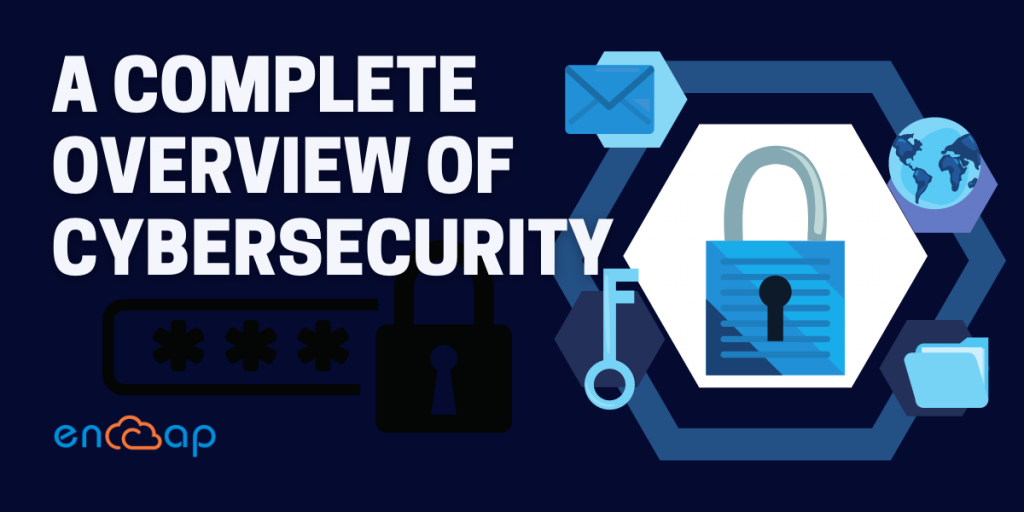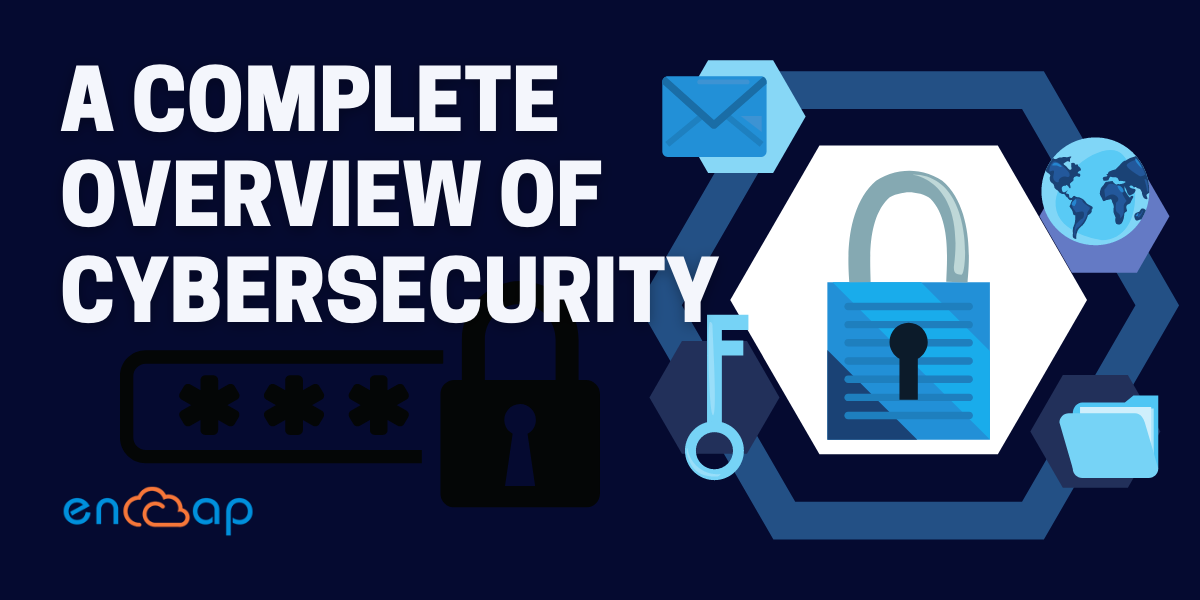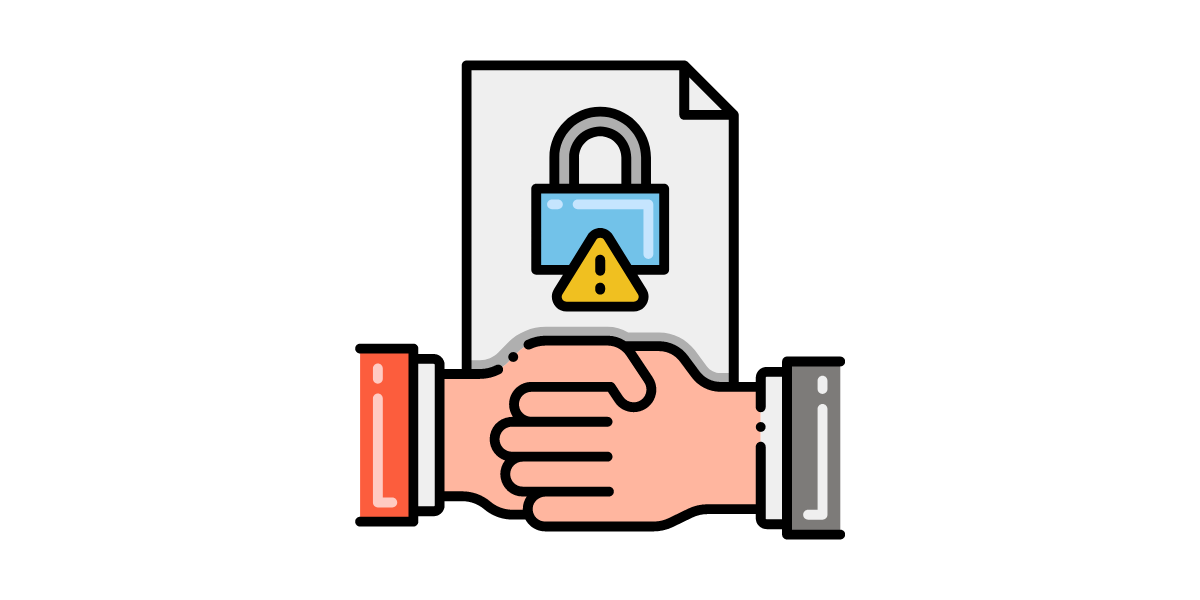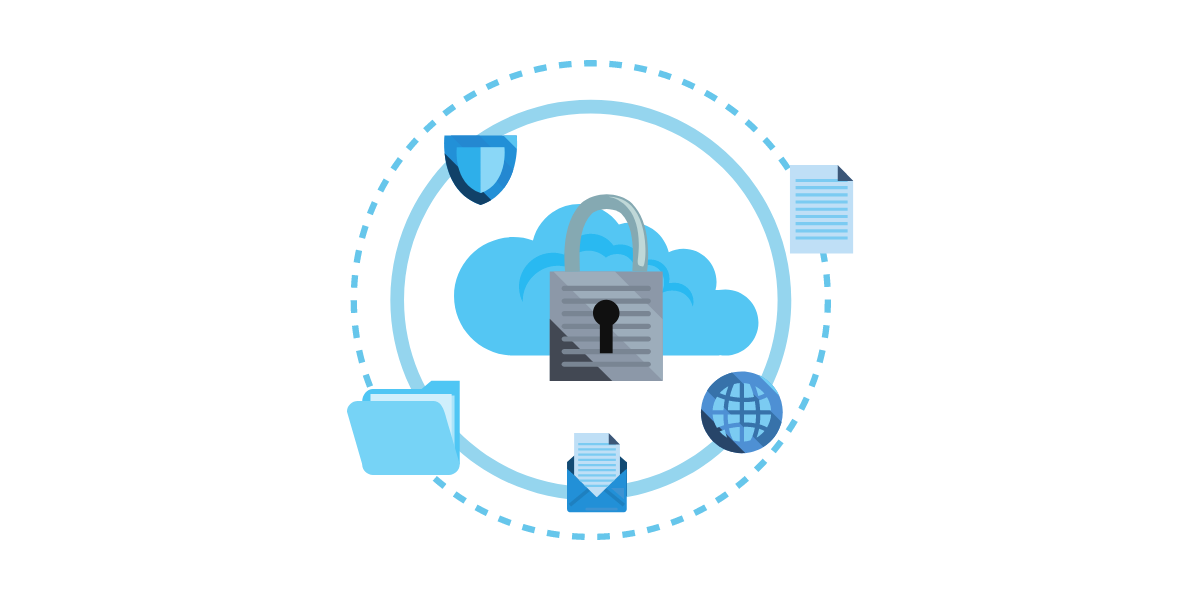BI Trends To Look Out For In 2022
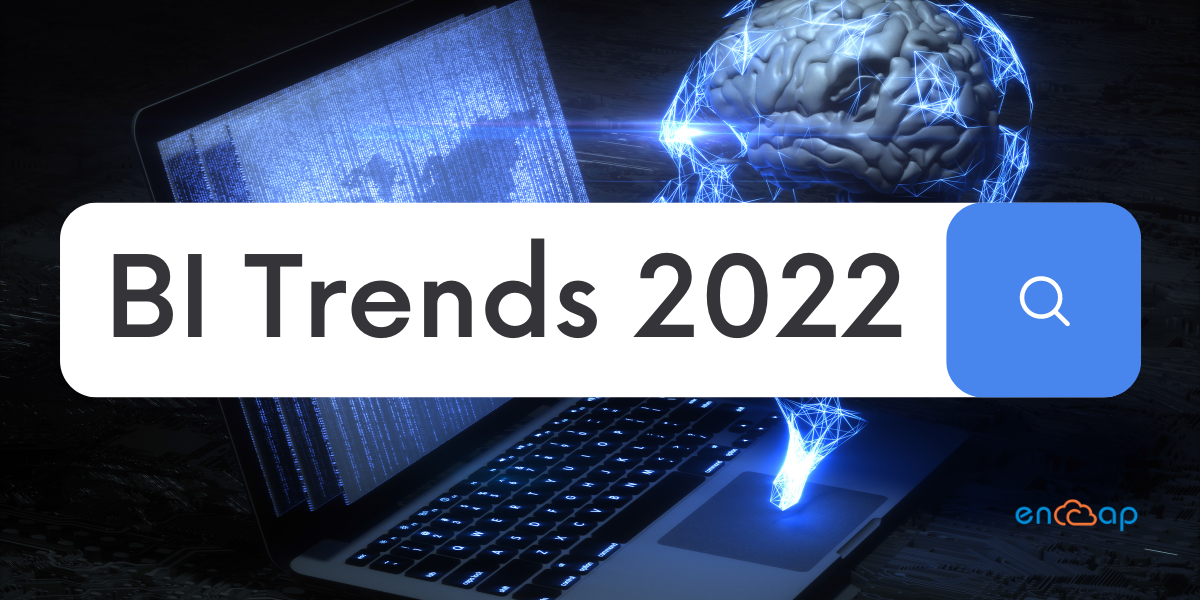
Business intelligence is a fine combination of analytics, data visualization, data tools, data mining, and some of the best practices that help organizations to make data-driven decisions. The business intelligence trends help modern businesses to get a comprehensive view of data when the aim is to drive change, eliminate bottlenecks, and adapt to supply change.
The thing with modern BI solutions is that they offer flexible self-service analysis and governed data while empowering business users with deep insight. A lot more than something specific, business intelligence is a term that covers methods of collecting, storing, and analyzing data from business operations.
The business intelligence tools help in streamlining processes and workflows needed to create a comprehensive business view for making actionable decisions. Over some time, business intelligence has also managed to evolve in the sense that it improves performance.
Importance of Business Intelligence
Business intelligence trends can allow organizations to make better decisions by showing present and past data that comes in the business context. Data analysts can use BI for offering performance and competitor standards so that an organization can smoothly and efficiently.
Business analysts can effectively see market trends for increasing the sales and revenue of a business. When used effectively, the data can also help in compliance with hiring. Some of the ways in which business intelligence helps companies decide smartly are mentioned below.
- Find ways to increase profit
- Compare data with the competitors
- Study customer behaviour
- Track the performance
- Foresee success
- Streamline operations
- Study market trends
- Find problems
Working of Business Intelligence
Businesses have multiple goals and questions and to answer them all, it is important to track performance for achieving these goals. Gathering important data, analyzing it, and finding actions to take are important for realizing goals.
When it comes to the technical side of things, data can be collected from business activities. It can be processed and stored in a data warehouse as well. After it gets stored, users can also access it, and start analysis for answering the business questions.
In the past, business intelligence tools were based on traditional models. A top to the down method was followed where business intelligence was extracted by the organizations and most questions were answered with static reports.
In case someone had a question about a report they received, the usual request was to go to the bottom of the queue and start the process all over again. As a result, many frustrating reporting cycles followed and it became difficult to take decisions.
Traditional business intelligence methods are still very common for regular reporting and answering questions. However, modern business intelligence trends are pretty interactive and approachable as well. With augmented data analytics and new BI trends, the process has become very simple.
IT departments are still important for managing data and many users can customize dashboards while creating reports on short notice. By following the BI trends, users can be empowered to use data and get important questions answered.
New Trends to Look Out For in 2022
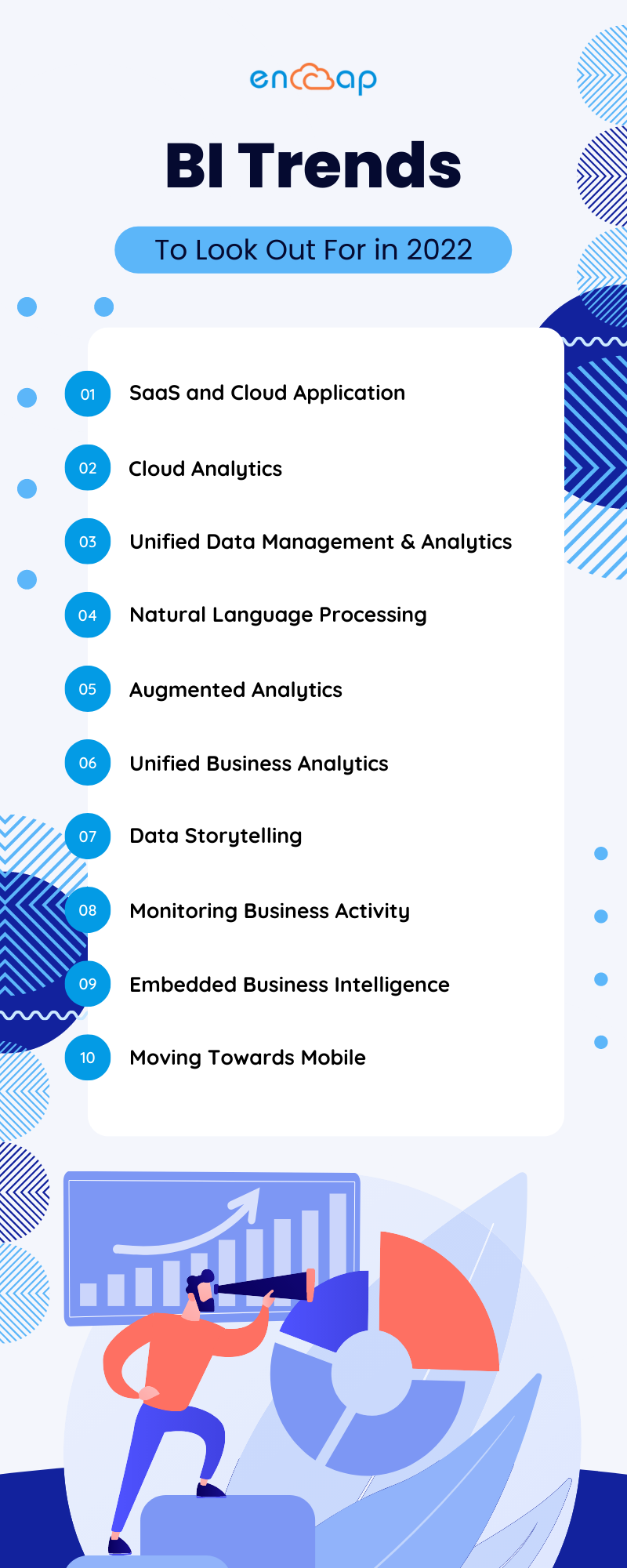
1. SaaS and Cloud Application
The pandemic has put many businesses in an emergency situation as they try to make sense of the entire situation. Many organizations struggled with managing on-premise solutions and as a result, an evident solution was to look for business intelligence trends.
To make sure that business intelligence is not compromised, organizations started migrating to cloud-based BI whether it was on a private, public, or SaaS solution. Many companies realigned their overall budgets after the pandemic so that enough space could be made for adopting cloud infrastructure in the move towards remote workforces.
Businesses all over the world think that analytics is a critical capability and companies should not shy away from adopting data solutions. This is why it has become important for organizations to adopt SaaS and cloud applications.
2. Cloud Analytics
Moving data to the cloud has enabled many businesses to get enhanced access to data for collaborating and being productive in the middle of a distributed workforce. To attract actionable and timely insights from data, organizations are using the power of cloud analytics.
Business intelligence is all about driving business efficiencies. On the basis of budget, hardware, security and compliance, and many other factors, business analytics can be deployed on private, public, hybrid, multi, community clouds, and microservices. This leads to making cloud analytics adoption very easy.
Cloud intelligence is all about the deployment of intelligent tools over the cloud infrastructure so that it becomes easy to access virtual networks including the internet. It is about offering firms insightful business intelligence data including KPIs, BI dashboards, and other types of business analytics.
3. Unified Data Management and Analytics
The simple combination of BI stack has changed the scenario of reporting applications into the modern BI and analytics platform. Some new additions are taking place in the data preparation phase with integration, preparation, management, and even insights becoming an important part of BI workflow.
The ML and AI capabilities along with a combination into the BI stack continue redefining self-service BI and analytics in detailed ways. Automation also democratizes and simplifies business intelligence and analytics for everyone.
4. Natural Language Processing
Automation allows action and natural language processing too. As the NLP capabilities increase, more and more vendors attempt to make platforms accessible for users. Many employees use data for making informed decisions.
A common barrier to working with data is that many people do not have a background in statistics and computer science. Many employees do not know to code, and what’s more, is that they do not even have the right training for interpreting data and asking questions that lead to insights.
Augmented analytics decreases any barriers as it guides business users with a no-code capability including some NLP features that allow data queries in natural language. The adoption of AI is expected to pick up in the coming year.
Multiple companies are behind the curve in their capabilities such as augmented data analytics, natural language querying and natural language processing. It is expected that most organizations will be leaning on AI for improving data quality and discovery as they look forward to trusting data and insights delivered from analyzing it.
5. Augmented Analytics
The quick adoption of applications and technologies has managed to create many consumption points for augmented data analytics. Offering a detailed context is emerging as an important functionality for the business intelligence vendors.
For addressing this, there is a wide range of analytics platforms that include AI and ML capabilities all across various points in the business workflow for better insights. The progress of NLQ capabilities in immersive conversations is also driving the adoption of BI amongst many business users.
The new advancements also open up many possibilities in the areas of analytics driven by search results. Decision intelligence has also started gaining great popularity in the business environment. These are some enablers that complement the decisions made by human beings.
An effective enabler is automated insights because it overcomes visualizations with important insights in the form of narratives that give more power to make better decisions. With the implementation of self-learning and deep learning ML models, the BI workflows make artificial intelligence smart and scalable.
6. Unified Business Analytics
An adoption of business applications all across multiple companies has led many platforms to become data-centric as they expand into stable business app integrations. This also creates more opportunities for data integrations.
With native app integrations and advancements in domain-specific data models, it has become easy for many businesses to gain quick insights without worrying about building reports and dashboards. These business models can be trained for addressing fixed business needs.
A deep analysis from datasets is now becoming simple and quick with improved auto modelling and blending capabilities. This has managed to pave the way for real-time and cross-functional analytics that offers detailed insights.
7. Data Storytelling
The use of dashboards and revenue are now under attack. Businesses are now looking way beyond old capabilities to have data and insights presented without any kind of bias and with detailed empathy so that it becomes simple to make better decisions.
Data storytelling is one of the business intelligence trends that also explore many ways of breaking down KPIs and humanizing data interactions. The consumerized delivery experiences are always in the form of purpose-built portals, documents, presentations, etc. The insight delivery mechanisms are now more immersive and interactive with AI augmentation.
8. Monitoring Business Activity
The augmented data analytics platforms are made to keep a close sight on the KPIs. This intelligence is built into the platforms for smartly analyzing data, spotting outliers, flagging critical changes in KPIs, and much more.
Multiple companies are now adopting applications and platforms that can offer data alerts in an application workflow context without any need to log in to the application. This leads to a reduction in response time while allowing businesses to take instant action on alerts.
An extension of traditional BI workflow is that modern platforms are built to trigger many actions for getting detailed insights. As we move forward, the augmentation of AI and ML abilities allows platforms to decide the actions that must be triggered based on insights.
9. Embedded Business Intelligence
Other than software vendors and business consultants who embed BI into their applications, there are many markets that see a rising trend in businesses adopting embedded BI. This is easily possible with analytics that use capabilities to create applications from existing assets.
The rising business intelligence trends continue to improve API stacks while making them robust for shorter development cycles with prebuilt and reusable components that require less coding. This also allows teams to build functions that are based on business needs.
With the ever-rising popularity of analytics, B2B applications are now delivering a natural analytics experience as an important part of the workflow. This cuts down the number of applications used for understanding data by delivering a comprehensive and all in one analytics experience.
10. Moving Towards Mobile
By moving work patterns and business demands, organizations all over the world are looking to equip their workers with productivity-improving software. This also includes SaaS solutions for accessing reports at any time and anywhere.
Although most internet users access the internet through mobile, the market share is not the only reason for implementing mobile BI. Most users can choose to receive KPI based alerts and react promptly to most events as they happen. The mobile BI also has a responsive and light version of the main analytics platform that places the power of analytics in the hands of a user.
The on-demand information availability allows for quick decision making, short workflows, and effective internal communication. Limited screen size and functionality can be restrictive which is why mobile analytics is a good trend in business intelligence. Mobility is an important aspect of many vendors’ offerings in response to the company BI requirement list.
Conclusion
Owing to the never-ending need for analyzing data, making an investment in BI is now an important aspect of businesses all across the world. This is why it is important to know about all the new updates in the market and implement the latest developments.
The business intelligence trends can be fundamental when it comes to embracing new technology or evaluating vendors for analytical needs. As an early technology adopter, Zoho has managed to change the manner in which businesses are taking important data-driven decisions.
If you run a company and also wish to implement business intelligence tools then now is the best time to adopt a Zoho Analytics tool. It will reassure you about your investment and the resources will also be aligned with the present business needs.
BI Trends To Look Out For In 2022 Read More »
Digital Marketing
